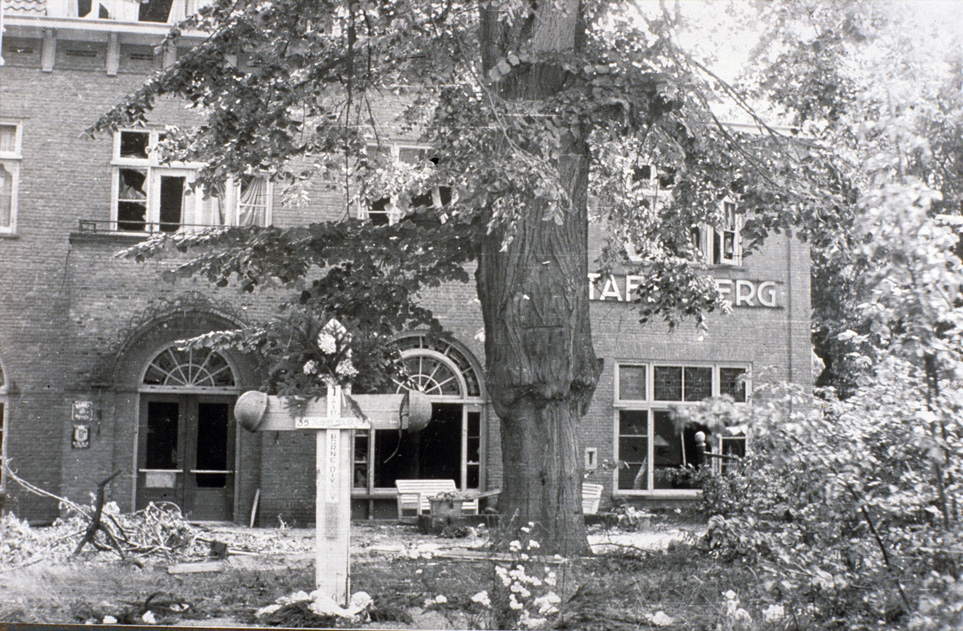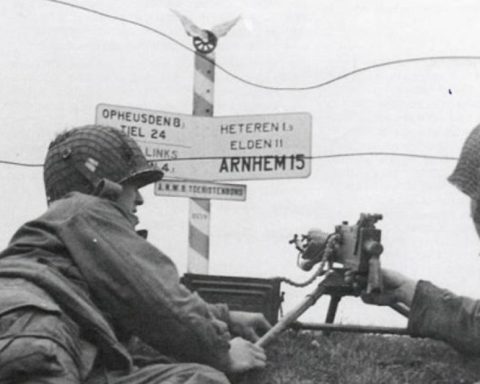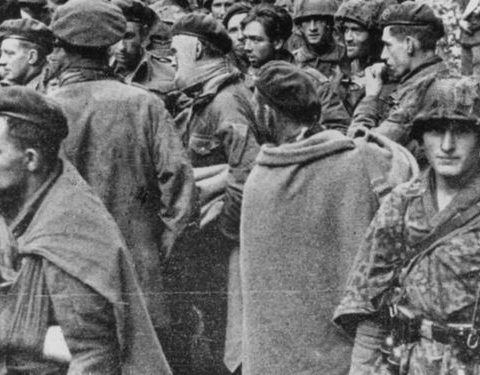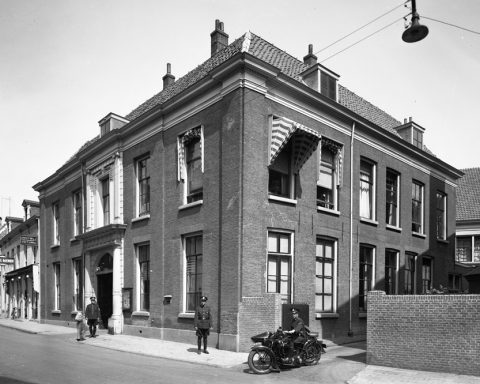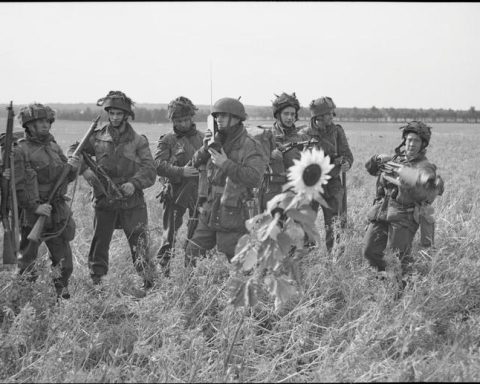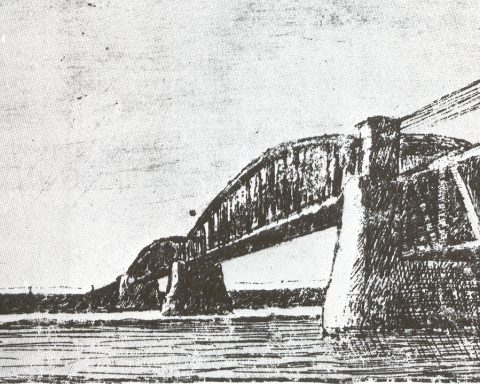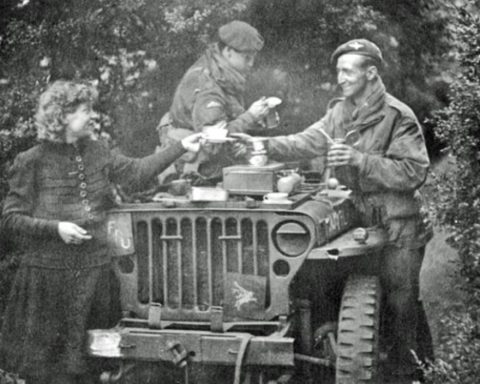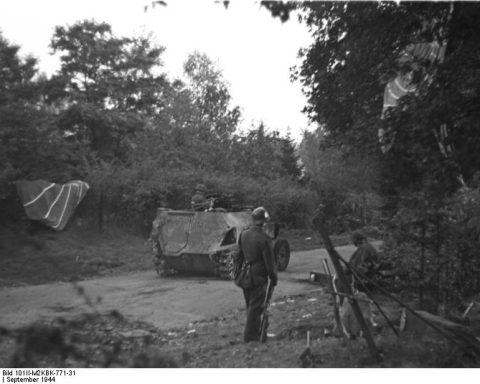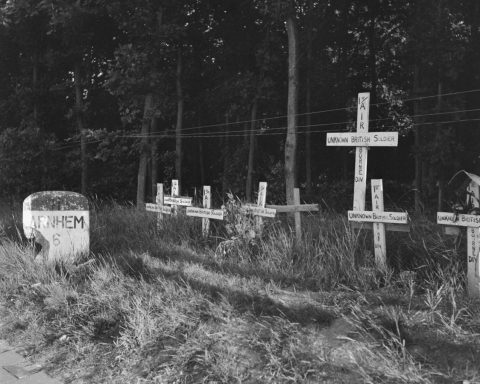Now that the Battle of Arnhem had ended on Tuesday, September 26, there was finally an opportunity to evacuate all the wounded from Oosterbeek.
Two days earlier, on Sunday, September 24, Colonel Warrack, who headed the British medical department in Oosterbeek, had already agreed to a ceasefire with the German staff physician Major Skalka.
During this armistice, a total of 450 British wounded were taken to Apeldoorn, 20 kilometers north of Arnhem. Shortly after the start of Operation Market Garden, the Germans had converted the Willem II barracks into an ‘airborne hospital’ for all the wounded who had fallen in and around Arnhem. The hospitals in Arnhem were unable to care for all the wounded during the fighting.
Although many wounded had been removed two days earlier, the British emergency hospitals in Oosterbeek were overcrowded after the fighting. There was heavy fighting during the fighting on Monday, September 25, which resulted in many new casualties. Moreover, during the armistice, not all the wounded in the British perimeter had been removed.
As with the armistice a few days before, the Germans showed their best side. On the morning of September 26, dozens of ambulances arrived at Hotel Schoonoord and Hotel de Tafelberg to remove the hundreds of injured people.
Helpfulness
Urquhart: “The Germans behaved correctly. In some cases they even showed great helpfulness. Warrack and his staff wondered to what extent this could be explained by the fact that the Allies would soon win the war and the great reckoning would then inevitably come.”
The question is whether this played a role. It rather seems that General Bittrich’s attitude played a major role. Bittrich always urged his troops to behave in a chivalrous manner.
It was Bittrich who had also given permission for a ceasefire in Oosterbeek two days earlier. This earned him a scolding from Field Marshal Model.
“What the hell were you thinking?” Model had exclaimed when Bittrich told him of the armistice.
Schoonoord and De Tafelberg had been the two most important emergency hospitals in the British perimeter. But in total there were nine emergency hospitals in Oosterbeek where wounded airborne soldiers were cared for. In addition, many injured residents of Oosterbeek appeared to have been left behind.
After the fighting, the Germans evacuated a total of 900 British wounded from Oosterbeek. Warrack and the other doctors who had cared for the wounded in Oosterbeek were taken by the Germans to the Willem II barracks in Apeldoorn at the end of Tuesday, September 26, to continue caring for the wounded.
Alexander Lipmann-Kessel, a British doctor who had been caring for the British wounded in the Elisabeth Gasthuis since September 17, was also transferred to Apeldoorn.
Colonel Graeme Warrack and Alexander Lipmann-Kessel remained there treating the British wounded until October. As more and more recovered British soldiers were taken to prisoner of war camps, Warrack and Lipmann-Kessel concluded at a certain point that their job was done and it was time to go home.
Lipmann-Kessel escaped on October 15. Warrack escaped on October 17. After a long journey, both doctors finally reached the Allied lines.

